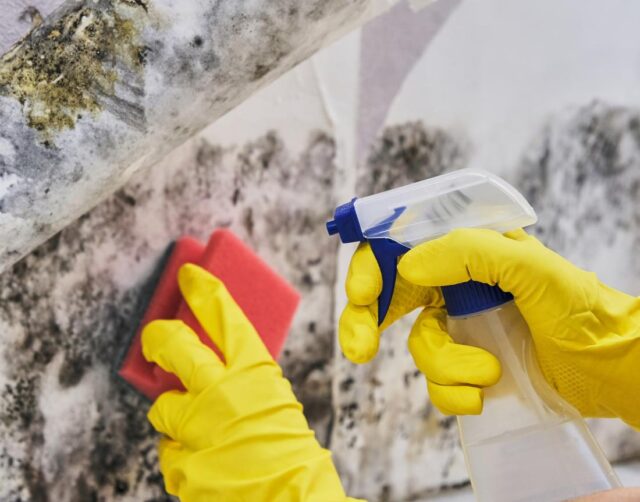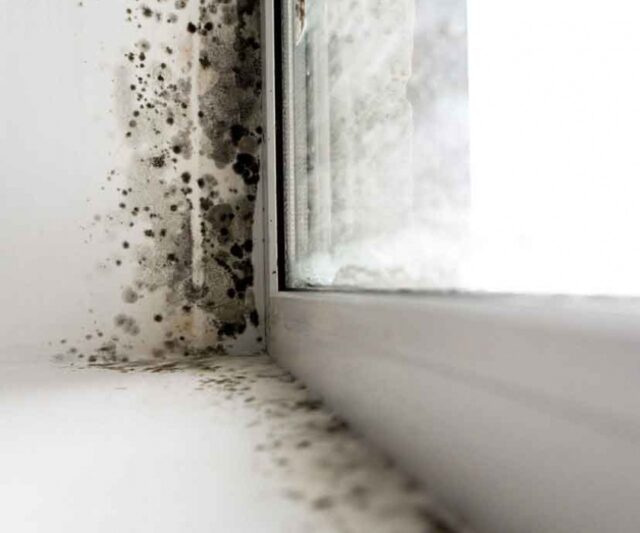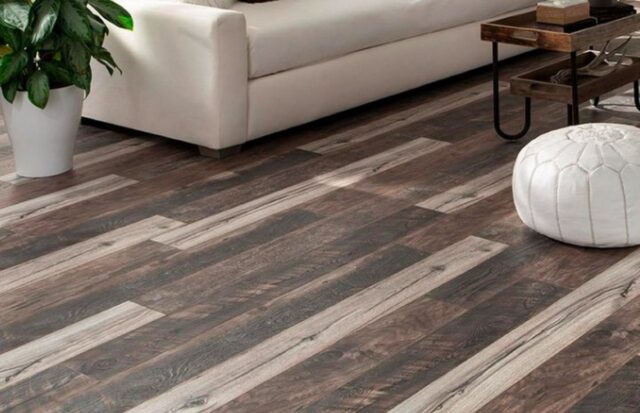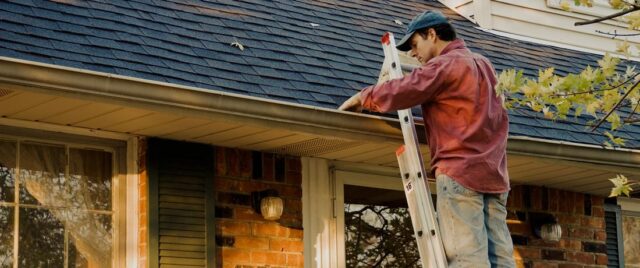
Of all the things you need to do when it comes to cleaning your home, getting rid of mold and fungus can be the toughest, especially when figuring out the methods to prevent them from happening again. Molds can naturally and randomly grow anywhere inside your home. However, you need to take preventative measures because it can be a problematic health risk that can ruin the quality of life inside our homes. Your health and safety, as well as your family members, should be the priority.
Here are some of the ways to prevent any kind of household mold or fungus.
Why Should You Be Proactive About Mold Prevention?

It’s always smart to be proactive with any possible mold problem, even if you don’t have any visible signs just yet. You might have a mold issue, but it could be hidden because some molds are difficult to spot with the naked eye. Even visible black mold should be a major concern if you find small patches. You should take the preemptive approach and do everything in your power to not turn your home into a hotbed for mold by controlling any areas that have a high percentage of moisture or humidity inside your home.
Always Dry the Wet Areas
The best thing you can do is dry and wet areas in your home as fast as you can. Keeping it wet will make that area an easy target for mold to form and spread. You shouldn’t give it a chance to grow uncontrollably, whether it is an accumulation from your pipes leaking, a simple spill on the floor, bathroom walls after a hot shower, or even some seepage after heavy rain from windows and doors. You can visit here to understand how fast black mold can grow and spread and how it is a huge problem, as it can spread across the entire house or apartment at incredible speed because of a wet area. It’s the simplest type of wetness or moisture that can easily attract this fungus and make it form quickly.
Use Dehumidifiers
Investing in a dehumidifier can be a perfect way to regulate the air in your home and prevent any excessive moisture. These helpful machines can reduce the humidity levels and prevent any mold or mildew from forming. This would be a wonderful addition to your home, and it would help reduce your energy/utility bills. When your home is too humid, the air conditioning might operate harder to cool the area and remove the moisture. That means more energy consumption, but you can avoid that if you get a small dehumidifier unit that is designed to control humidity levels properly.
Place Pots of Tropical Plants at Home
The use of tropical plants can help combat most kinds of mold. This is because some plans can remove formaldehyde or the byproducts of chemical-based cleaners. It can improve the air quality indoors tremendously. So, it wouldn’t hurt to invest in some spider plants, bamboo, snake plants, or Chinese evergreen plants. These kinds of houseplants can be greatly beneficial to you in preventing mold from forming, but just remember to get the right kind of plants because some houseplants can have the opposite effect. You wouldn’t want to buy a plant that promotes mold formation, would you?
Remove Unnecessary Carpeting

Some areas in your home might have unnecessary carpeting that might look good for your interior design, but it can be a disadvantage when it comes to moisture and mold prevention. Your bathrooms, basements, and balconies shouldn’t have carpets. Area rugs might be more suitable because they lower the chance of having too much moisture. Any areas that are prone to dampness water floods or heavy showers should not have carpets. Remove any carpeting in these areas because it will save you the time you would spend drying and cleaning them. Getting an area rug instead can save you such a hassle.
Have Better Insulation
If your home has faulty or weak insulation, then that could lead to increased levels of condensation to form on your pipes, tanks, or walls. These parts are susceptible to negative effects that cause wetness and damp patches that might be an attractive breeding ground for molds and fungi. So, it wouldn’t hurt to place extra insulating blankets on your water tanks and toilets, install outfitting properties on your metal pipes like insulating sleeves, and install insulating boards in some parts of your walls, basement, attic, and ceilings. Small prevention methods like these can stop any kind of mold from forming and spreading.
Take Care of Your Roof Gutters

A lot of homeowners forget to take care of their gutters and that can cause a lot of issues and become the source of dampness and wet areas. This system is crucial because it can keep water away from your home. Keeping it clean and frequently maintaining it can prevent mold formation. Even if it starts outside your home walls, it will seep through inside eventually. So, you should clean the gutters and remove any excess leaves, dirt or debris. Moreover, make sure that there aren’t any leaks and you should fix them immediately if you notice any damaged parts of your gutter.
Invest in Mold-Resistant Drywall and Plant Inhibitors
It would be nice if you install some mold-resistant products that can make your home less vulnerable to any mold formation. You can install moisture-resistant sheetrock/drywall anywhere in your home, especially the areas that are prone to get wet frequently. Also, your landscaping around the house can cause mold forming on your outer walls; this can make it seep through inside. So, spreading these inhibitors can prevent any fungus from growing on your walls.
It’s always better to prevent something hazardous from infesting your house rather than trying to fix the problem later. Molds can be such a nuisance to take care of and most of the time it can be costly if not dealt with accordingly. However, hiring professionals to take care of it as soon as you spot some signs of growth can guaranty that the problem is dealt with right at its roots. You should avoid ruining your air quality indoors and follow the helpful steps necessary to stop any kind of mold or fungus infestation from taking place inside your home.







